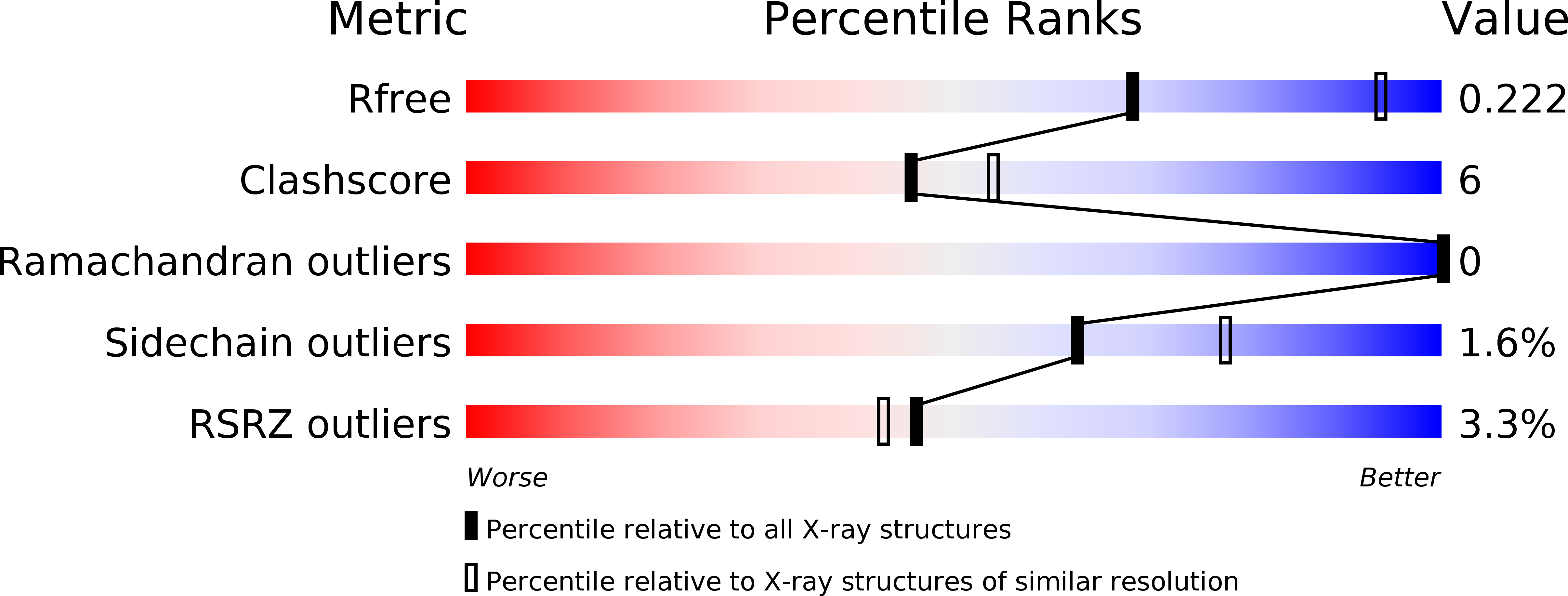
Deposition Date
2012-04-25
Release Date
2012-10-10
Last Version Date
2024-02-28
Entry Detail
PDB ID:
4EUC
Keywords:
Title:
Succinyl-CoA:acetate CoA-transferase (AarCH6-E294A) in complex with dethiaacetyl-CoA
Biological Source:
Source Organism:
Acetobacter aceti (Taxon ID: 435)
Host Organism:
Method Details:
Experimental Method:
Resolution:
2.64 Å
R-Value Free:
0.22
R-Value Work:
0.16
R-Value Observed:
0.17
Space Group:
P 21 21 21


